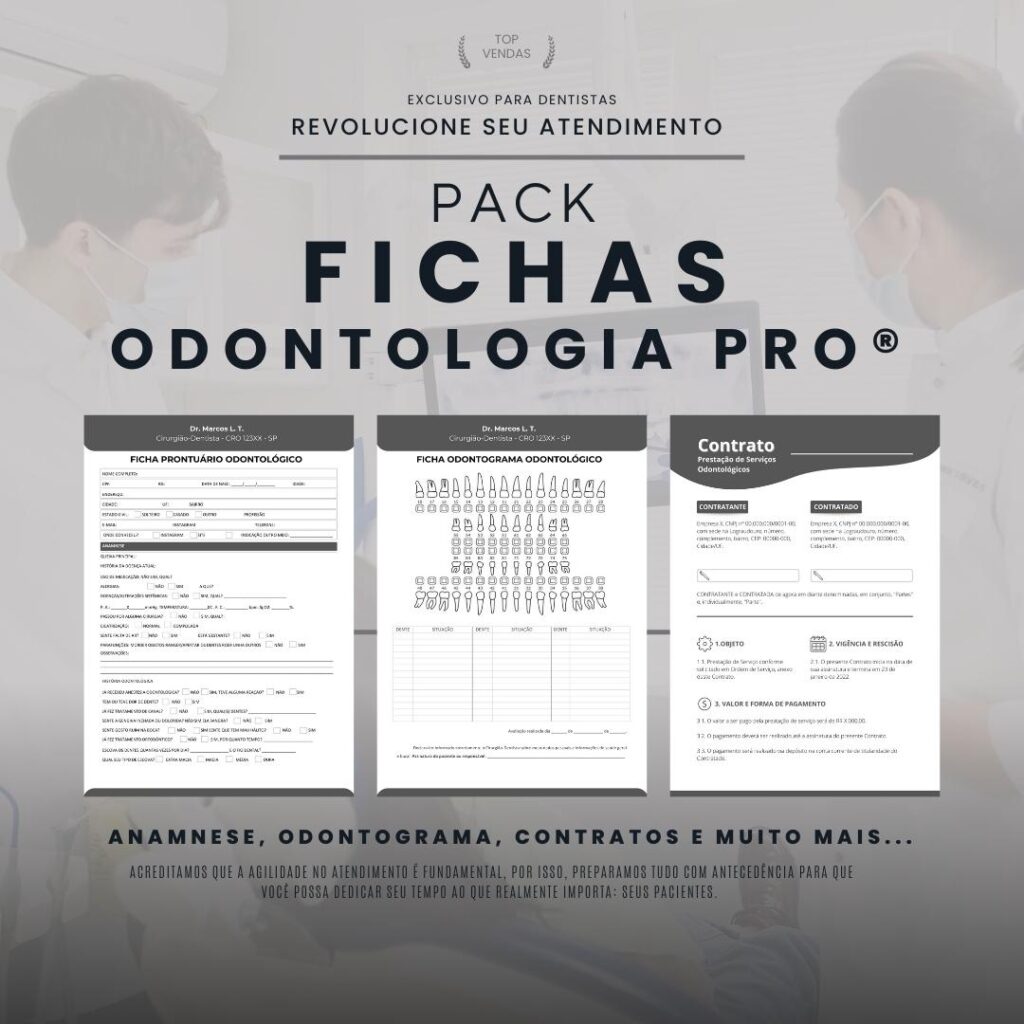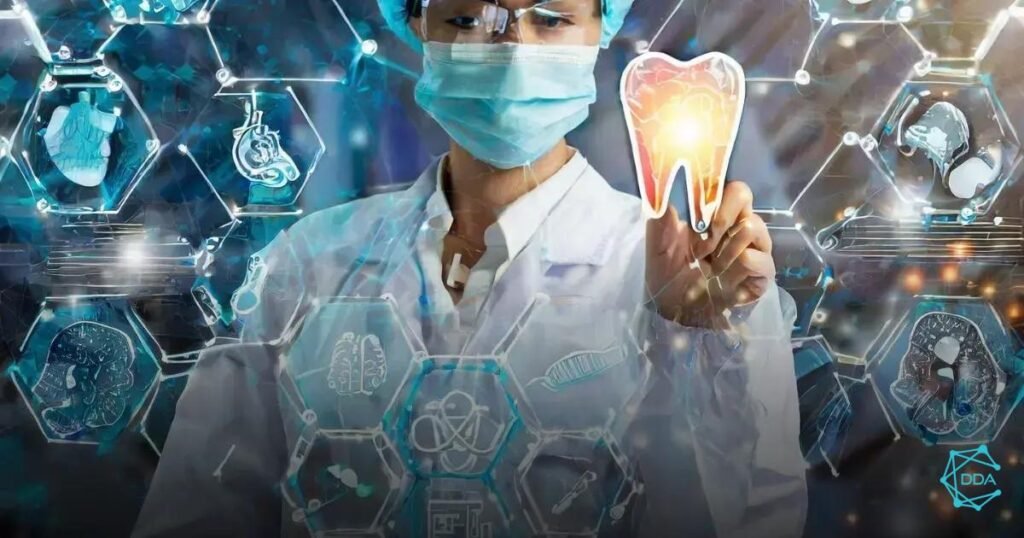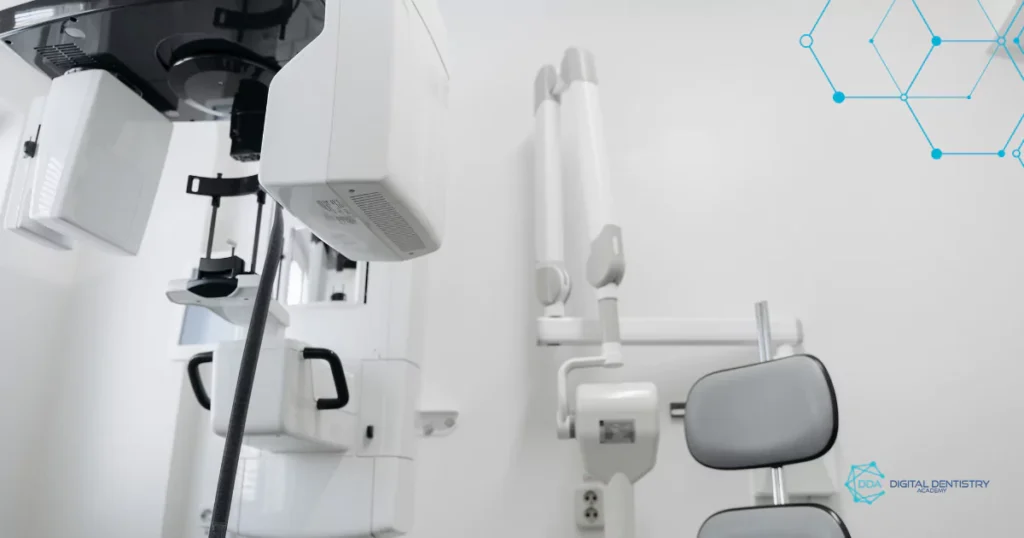To the news in digital dentistry are changing the way dentists work and how patients experience treatment. With innovations such as 3D printing, teledentistry and artificial intelligence, dental practice is becoming more efficient and accessible. In this article, we will explore the main innovations that every dentist should know about to stand out in the market and offer quality care.
3D Printing in Dentistry
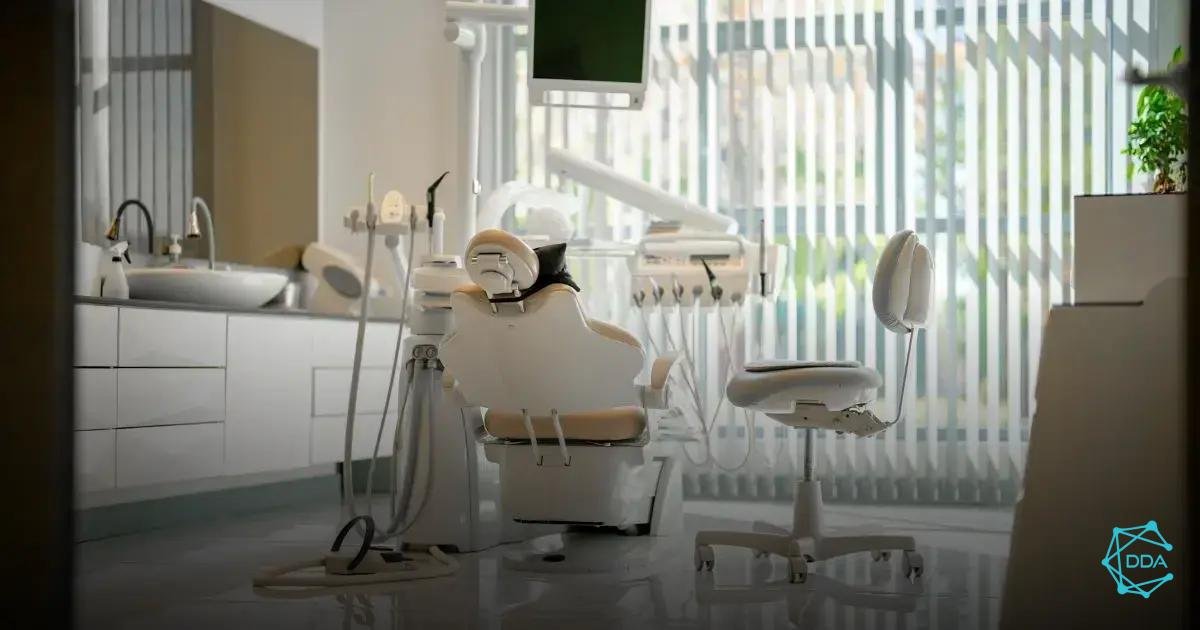

A 3D printing in dentistry has revolutionized the way dentists perform procedures and create prosthetics. This technology allows the production of highly accurate and personalized dental models, making the process faster and more economical.
One of the main benefits of 3D printing is the reduction of waiting time for patients. With the ability to create dentures and aligners in a matter of hours, dentists can offer immediate solutions, improving the patient experience.
Furthermore, 3D printing makes it possible to personalization of treatments. Every patient has unique needs, and this technology allows dentists to adjust dentures and orthodontic devices to perfectly fit each patient's anatomy.
Another important aspect is the waste reduction. With 3D printing, materials are used more efficiently, which not only reduces costs but also contributes to more sustainable practices in dentistry.
Finally, 3D printing is opening up new possibilities for innovation in dental treatments. From creating study models to manufacturing surgical guides, this technology is at the forefront of dental evolution.
Teledentistry: Remote Care


A teleodontology is becoming an essential tool for dentists who want to offer more accessible and convenient care to their patients. With the evolution of technology and increased connectivity, dental professionals can conduct consultations and evaluations remotely, providing a new way of interacting with patients.
One of the main benefits of teledentistry is the ease of access. Patients living in remote areas or who have mobility difficulties can receive guidance and care without having to leave their homes. This not only improves the patient experience but also helps increase treatment adherence.
Additionally, teledentistry allows dentists to perform screenings and preliminary assessments quickly and efficiently. Through video conferencing, professionals can discuss symptoms, review images, and even provide recommendations for preventative care.
Another important aspect is the cost reduction. Remote consultations can be more cost-effective for both dentists and patients, eliminating travel-related expenses and waiting time in the office.
Finally, teledentistry can also be a valuable tool for follow-up of treatments. Dentists can monitor patients’ progress and make adjustments to treatments more easily, ensuring that results are achieved more effectively.
Use of Artificial Intelligence


O use of artificial intelligence (AI) in dentistry is transforming the way dentists diagnose and treat oral problems. This innovative technology allows for more accurate and faster analysis, improving the quality of patient care.
One of the most impactful applications of AI is in image analysis. AI software can examine X-rays and intraoral photos for cavities, periodontal disease, and other conditions, identifying problems that might otherwise go unnoticed by the naked eye. This not only increases diagnostic accuracy but also speeds up the evaluation process.
Furthermore, artificial intelligence can assist in personalization of treatments. Based on the data collected, AI systems can suggest treatment plans tailored to each patient’s specific needs, making care more efficient and effective.
AI also plays an important role in results forecast. With advanced algorithms, it is possible to predict how a treatment may evolve, allowing dentists to make proactive adjustments and offer a more informed approach to dental care.
Ultimately, the use of artificial intelligence in dentistry not only improves the patient experience, but also optimizes office management. AI tools can automate scheduling, manage records, and even help analyze financial data, allowing dentists to focus more on patient care.
Advanced Management Software


You advanced management software have become essential for the management of dental practices, providing an efficient way to organize and optimize daily operations. These modern systems offer a variety of functionalities that go far beyond simple appointment scheduling.
One of the main benefits of these software is the process automation. With automated management of appointments, appointment confirmations and reminders, dentists can reduce the rate of no-shows and improve the organization of the office, saving time and resources.
Furthermore, advanced management software allows for a detailed monitoring of patient history. All information, from previous treatments to payments and interactions, can be easily accessed, facilitating personalized care and continuity of care.
Another important aspect is the financial management. These systems offer tools for controlling income and expenses, issuing invoices and financial reports, allowing dentists to have a clear view of the financial health of the practice and make more informed decisions.
Finally, advanced management software can also integrate features of digital marketing, allowing dentists to communicate with their patients through email, text messages and social media. This helps to strengthen relationships with patients and attract new clients.
Augmented Reality in Treatments
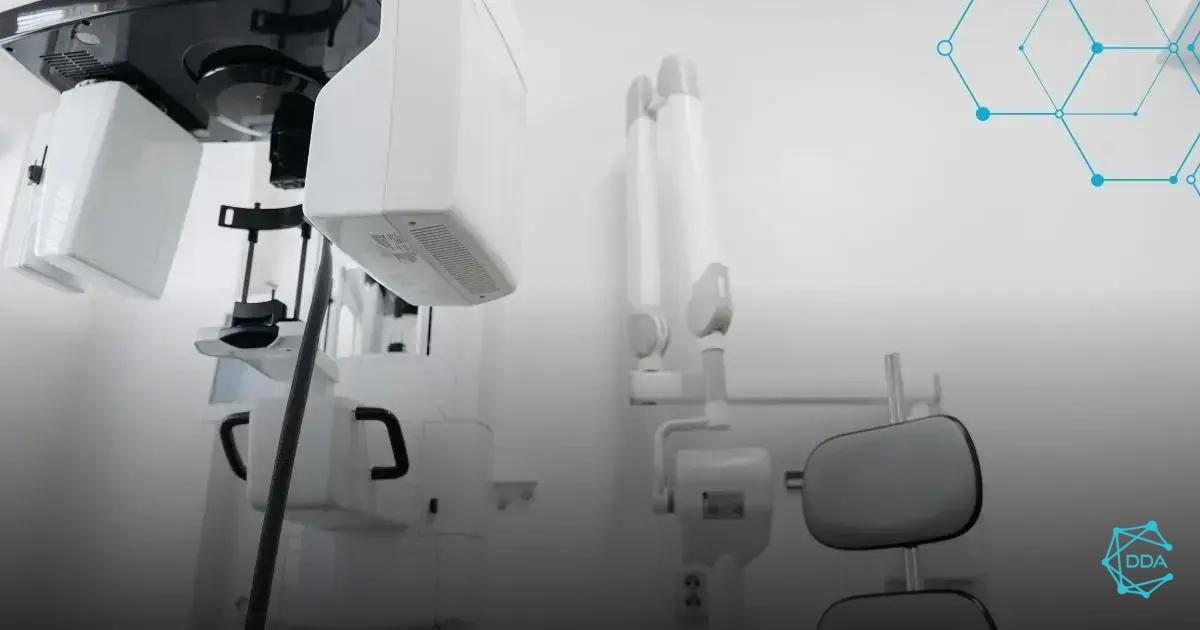

A augmented reality (AR) is emerging as an innovative tool in dentistry, offering new ways to visualize and perform treatments. This technology combines virtual elements with the real environment, providing an immersive experience for both dentists and patients.
One of the main applications of augmented reality is in education and treatment planning. Dentists can use AR to show patients in real time what the outcome of a procedure, such as implant placement or correcting misaligned teeth, will look like. This helps increase patient understanding and confidence in the proposed treatment.
Additionally, AR can assist in accuracy of procedures. During surgery, technology can overlay relevant digital information directly into the patient’s mouth, guiding the dentist in real time and minimizing risks. This is especially useful in complex procedures where precision is crucial.
Another important aspect is the use of augmented reality to training and qualification. Dental students and professionals in training can practice skills in a safe virtual environment, simulating real-life situations before seeing patients. This improves technical skills and increases confidence in new dentists.
Finally, augmented reality can also be used to improve patient experience in the office. With the ability to view information about procedures and interact with 3D models, patients feel more comfortable and informed, which can reduce anxiety associated with dental treatment.



